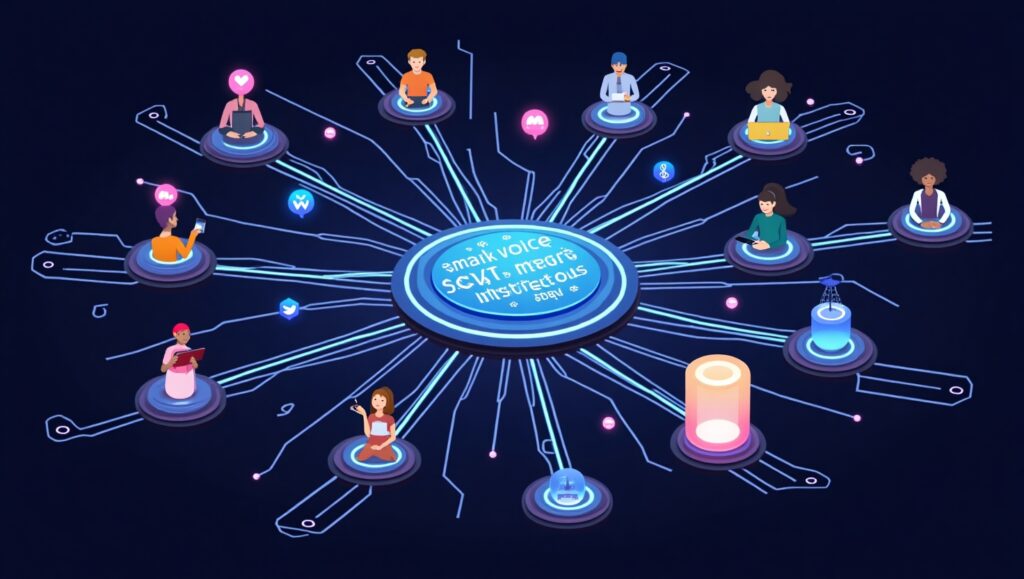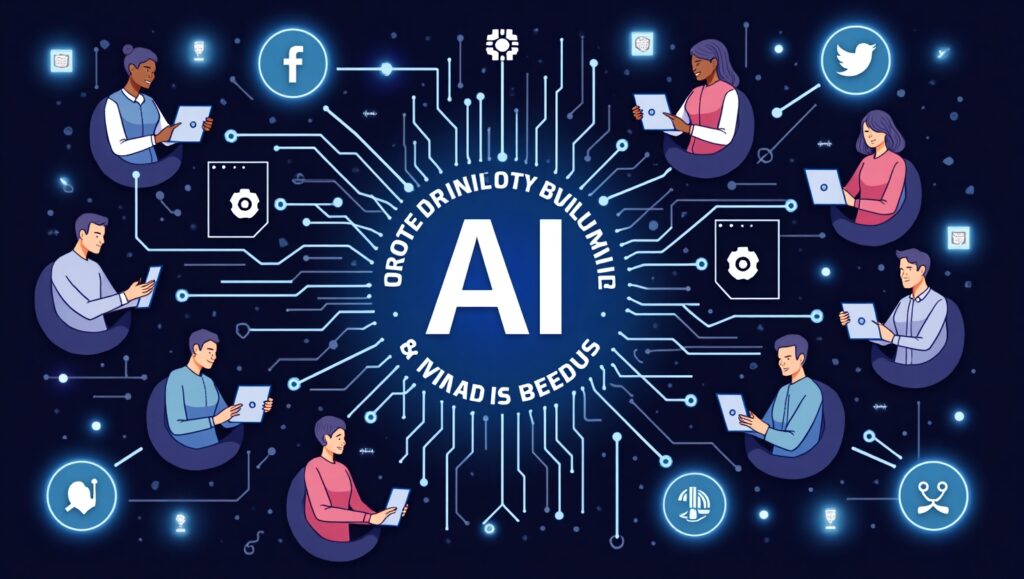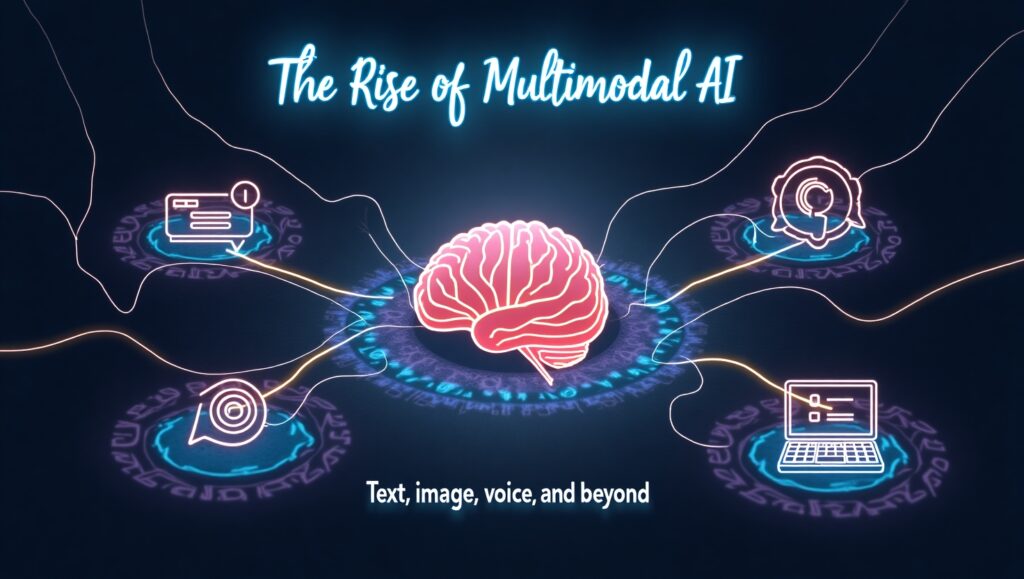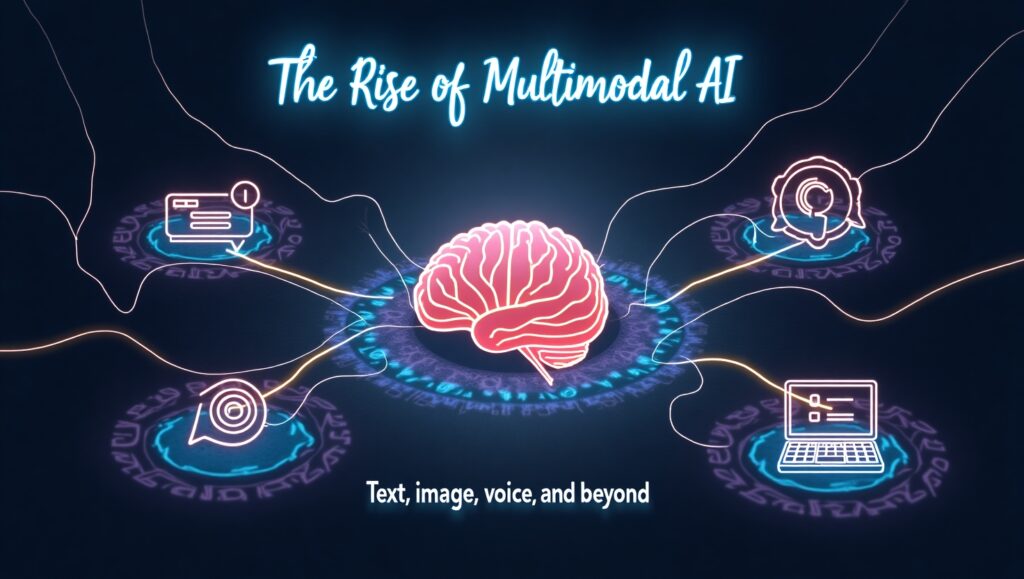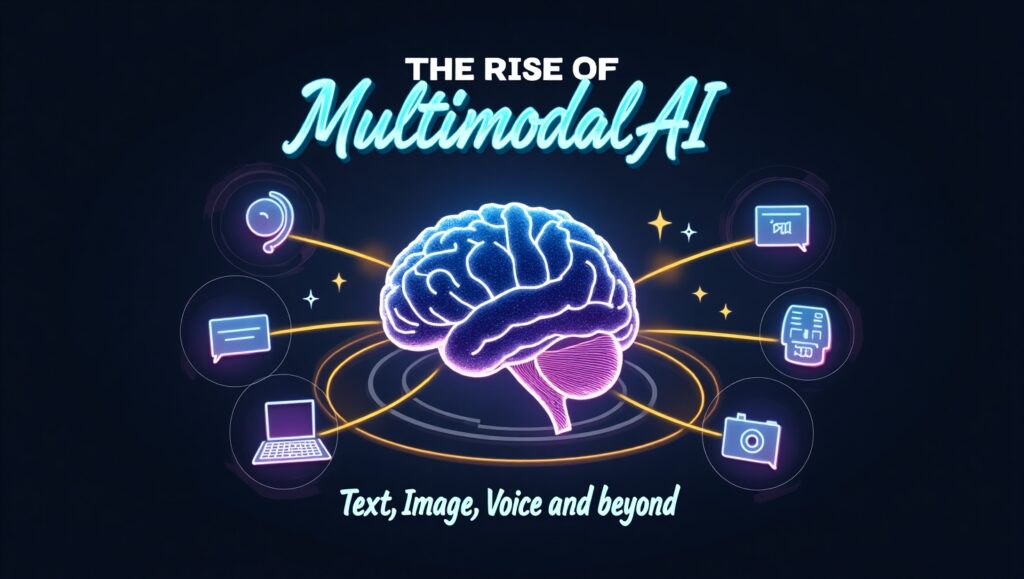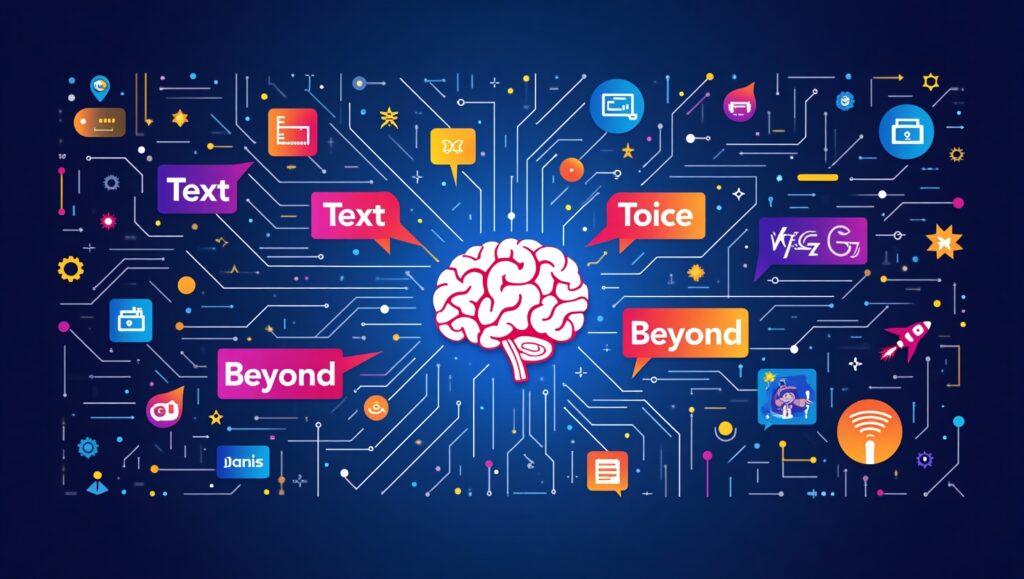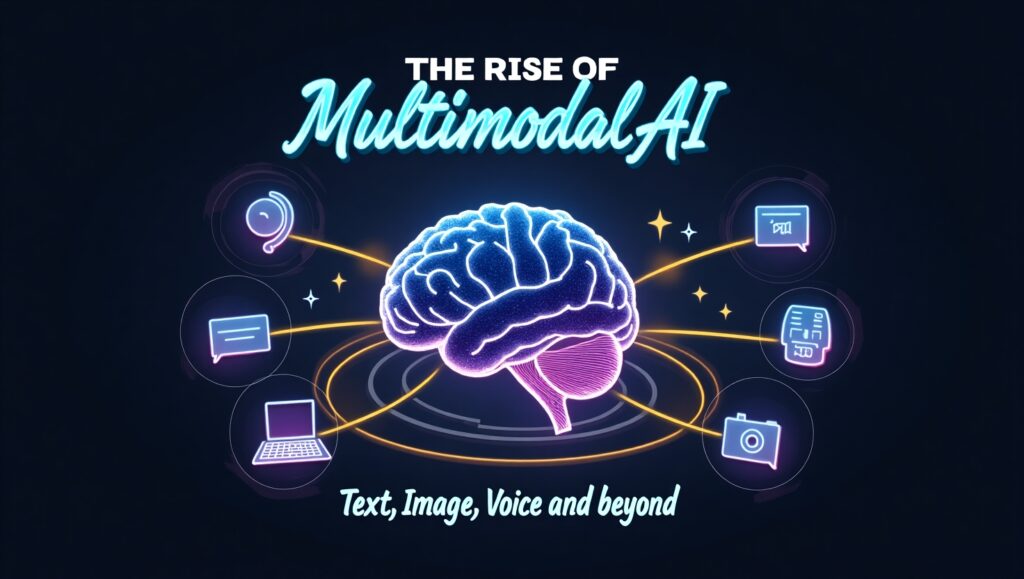Intro:
Remember when Artificial Intelligence was just about chatbots replying to your questions in stiff, robotic sentences?
Yeah — those days are long gone.
We’re now in the middle of something far bigger, more powerful, and honestly… kind of magical.
AI is no longer limited to just understanding text or spitting out responses. In 2025, we’re watching the rise of multimodal AI — systems that can read, see, listen, talk, and even feel context across multiple forms of communication.
Text? Check.
Images? Definitely.
Voice? Absolutely.
Video, emotion, gesture, intention? We’re getting there.
This isn’t the AI of yesterday. This is AI that understands the world the way humans do — through multiple senses, all at once.
So what is multimodal AI really? Why is it rising so fast? And what does it mean for you, me, and the future of how we live and work?
What Exactly Is Multimodal AI?
At its core, multimodal AI refers to systems that can process and understand information from more than one type of input — also known as a “modality.”
That could mean:
- Reading text
- Interpreting images
- Understanding spoken words
- Watching video
- Recognizing gestures or facial expressions
- Even translating emotions or touch signals
It’s like giving AI multiple senses — the same way humans rely on sight, hearing, language, and body language to fully grasp what’s happening around us.
Instead of training separate AI models for each task, multimodal AI combines everything into one powerful brain, allowing it to cross-reference, interpret, and respond in smarter, more human ways.
Why Multimodal AI Matters Now (More Than Ever)
Let’s be honest: our world isn’t single-modal.
We communicate with emojis, pictures, voice notes, memes, and text — often all at once. We talk to our smart assistants while watching TV. We read captions on videos. We ask our devices to play songs, show weather maps, and give us summaries.
So why should AI only understand one of those things at a time?
That’s where the shift is happening.
Multimodal AI is designed to mirror how humans interact with the world, making technology more natural, more intuitive, and — dare we say — more human-friendly.
And in 2025, it’s starting to feel seamless.
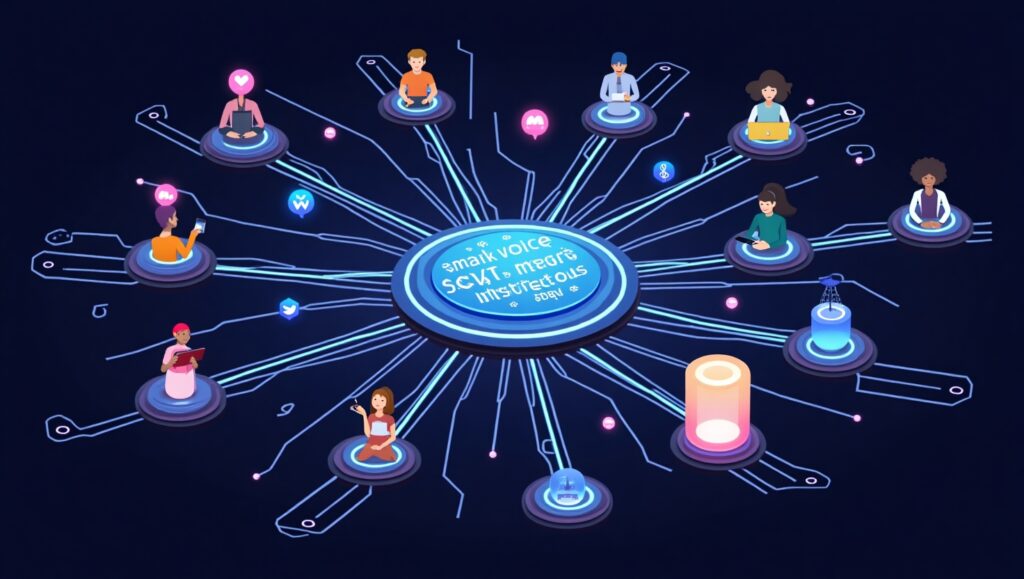
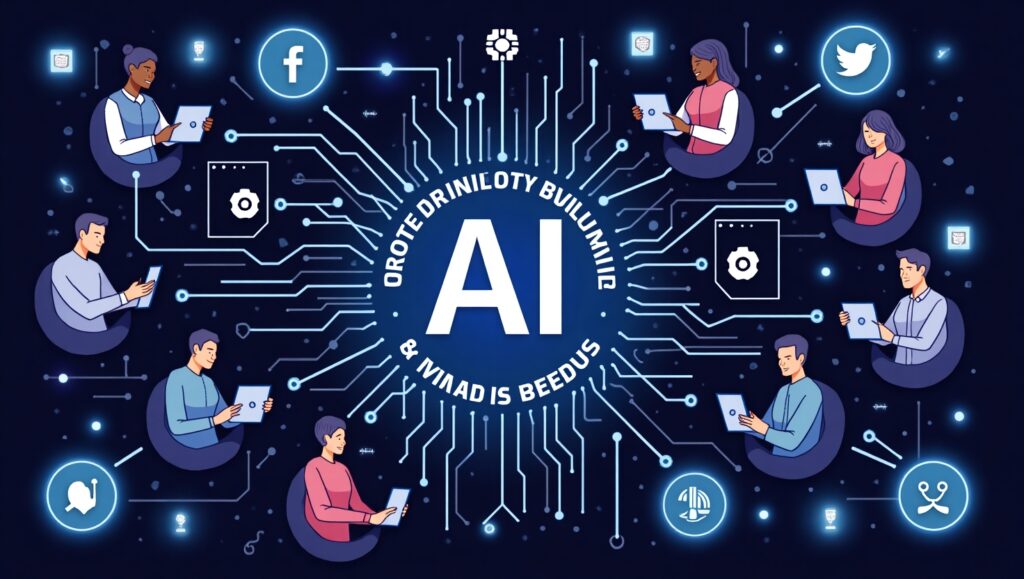
The Technology Behind the Magic
You might be wondering: what’s making this possible?
Well, a few key developments are powering this revolution:
Unified Models
Companies are building AI models that can understand multiple inputs in one place — like OpenAI’s GPT-4o, Google’s Gemini, or Meta’s ImageBind. These aren’t just chatbots — they’re multi-talented systems that can take a photo, listen to your voice, and answer you in plain language.
Transformer Architecture
Behind the scenes, these models use a special neural network architecture called a transformer — the same tech that powers large language models (LLMs). But now, these transformers are being trained on images, video, audio, and more, not just text.
Massive Training Datasets
We’re talking billions of text-image pairs, speech transcripts, videos, and real-world interactions being used to teach AI how humans express meaning across formats. The data has exploded — and so has the AI’s understanding.
Cross-Modal Learning
Multimodal AI can now “translate” between modes. For example, it can take an image and generate a written description. Or it can analyze a video and summarize it in natural language. This cross-modality is the secret sauce.
Real-World Examples of Multimodal AI in Action
Now let’s get into the good stuff — where it’s already showing up in your life.
1. Visual Search Assistants
Ever used Google Lens? You can point your camera at a flower, and the app will tell you the species, care tips, and even where to buy it.
Behind the scenes, that’s multimodal AI at work — analyzing the image, converting it to data, cross-referencing the web, and responding in text.
2. Voice + Image + Text Chatbots
Tools like ChatGPT-4o and Gemini 1.5 can now:
- Understand spoken questions
- Analyze attached photos
- Respond with voice or typed answers
Want to show a screenshot of an error message and ask what to do? No problem.
Need help describing a painting you’re looking at? It can “see” it too.
This is real, and it’s already changing how people learn, troubleshoot, and create.
3. Video Understanding Tools
AI can now summarize long YouTube videos, translate them into other languages, or even describe what’s happening on-screen to visually impaired users.
That’s not just helpful. That’s life-changing for accessibility.
4. Gaming, AR, and VR
In virtual environments, AI can now process voice commands, gestures, and visuals in real time. This opens doors for immersive experiences where you speak to characters, interact with 3D objects, or even build game levels with just your voice and a sketch.
5. Healthcare Applications
Multimodal AI is being tested to:
- Interpret X-rays, MRIs, and CT scans
- Combine that with doctor’s notes and patient history
- And then generate diagnostic recommendations
The result? Faster, more informed, and sometimes life-saving decisions.
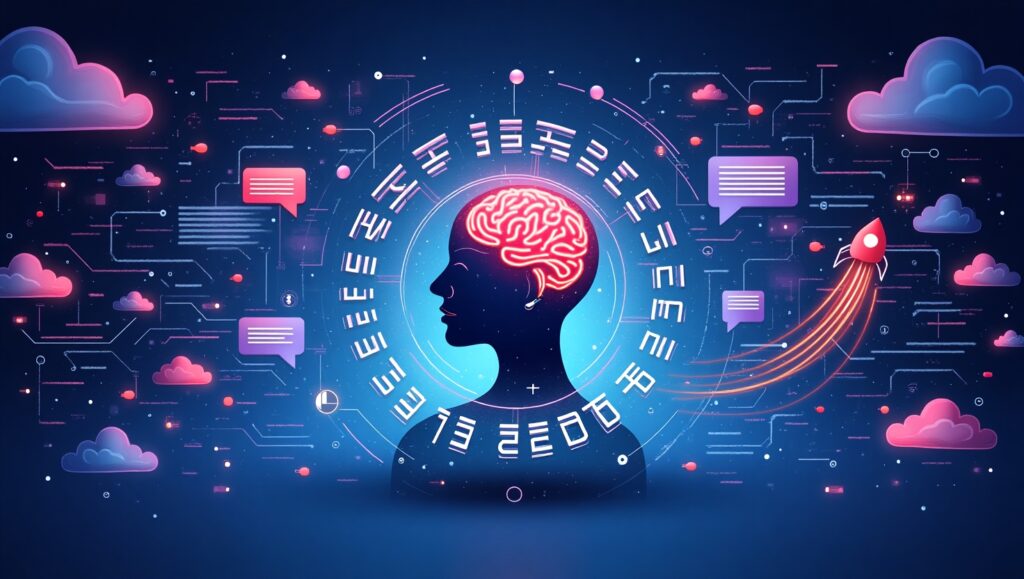
What Makes This Different from “Regular AI”?
Let’s be real — regular AI was impressive. But it was siloed.
You had:
- One tool for text summarizing
- Another for image recognition
- Another for voice commands
- And none of them “talked” to each other
Multimodal AI changes that.
It connects everything. It’s like going from a room full of geniuses who never speak — to a single brain that knows how to use all their skills at once.
And that brain? It’s only getting smarter with every update, every user interaction, and every training cycle.
The Emotional Intelligence Factor
Here’s something unexpected — multimodal AI isn’t just smarter; it’s also getting more emotionally aware.
By analyzing voice tone, facial expressions, and sentence structure all together, AI can now detect:
- Frustration
- Excitement
- Confusion
- Even sarcasm (yes, finally!)
This allows customer service bots, teaching assistants, and even mental health apps to respond with empathy, not just logic.
It doesn’t mean AI understands emotions the way humans do — but it recognizes patterns of how we express them, and that’s a powerful first step.
What’s Coming Next for Multimodal AI?
Alright, so we’ve already seen what multimodal AI can do today — but where is it actually going?
Let’s be honest: we’re only scratching the surface.
The tech world in 2025 is buzzing with predictions, prototypes, and product demos that feel more like sci-fi than software. But the truth is — it’s all real, and it’s evolving faster than we expected.
So what’s next?
Here’s a peek into what’s unfolding behind the scenes — and what might hit your devices in the next couple of years.
1. AI That Understands the World Like a Human Does
Right now, multimodal AI can connect dots between images, text, and voice. But soon, it’s going to go even deeper.
We’re talking about AI that can:
- Watch a live video, understand context, and answer questions in real time
- See your surroundings via AR glasses and offer helpful suggestions on the spot
- Combine emotion, tone, gesture, and textual cues to understand what you really mean, not just what you said
Imagine this: You’re cooking in the kitchen. Your smart assistant sees that you’re out of garlic, hears the sizzle of the onions, and offers a recipe adjustment — with a calm tone, because it senses you’re a little stressed.
That’s where we’re headed.
2. Fully Multimodal Smartphones and Wearables
By 2027 (or sooner), we may all be walking around with AI assistants that can:
- Understand what we’re looking at
- Listen to our voice in real time
- Read incoming texts
- Combine it all into smart, gentle, context-aware responses
Need to write a reply while walking and juggling groceries? Your AI assistant can “see” your schedule, “hear” your tone, and craft the perfect message that sounds like you, not a bot.
We’re talking real-life multitasking, elevated by tech that knows you.
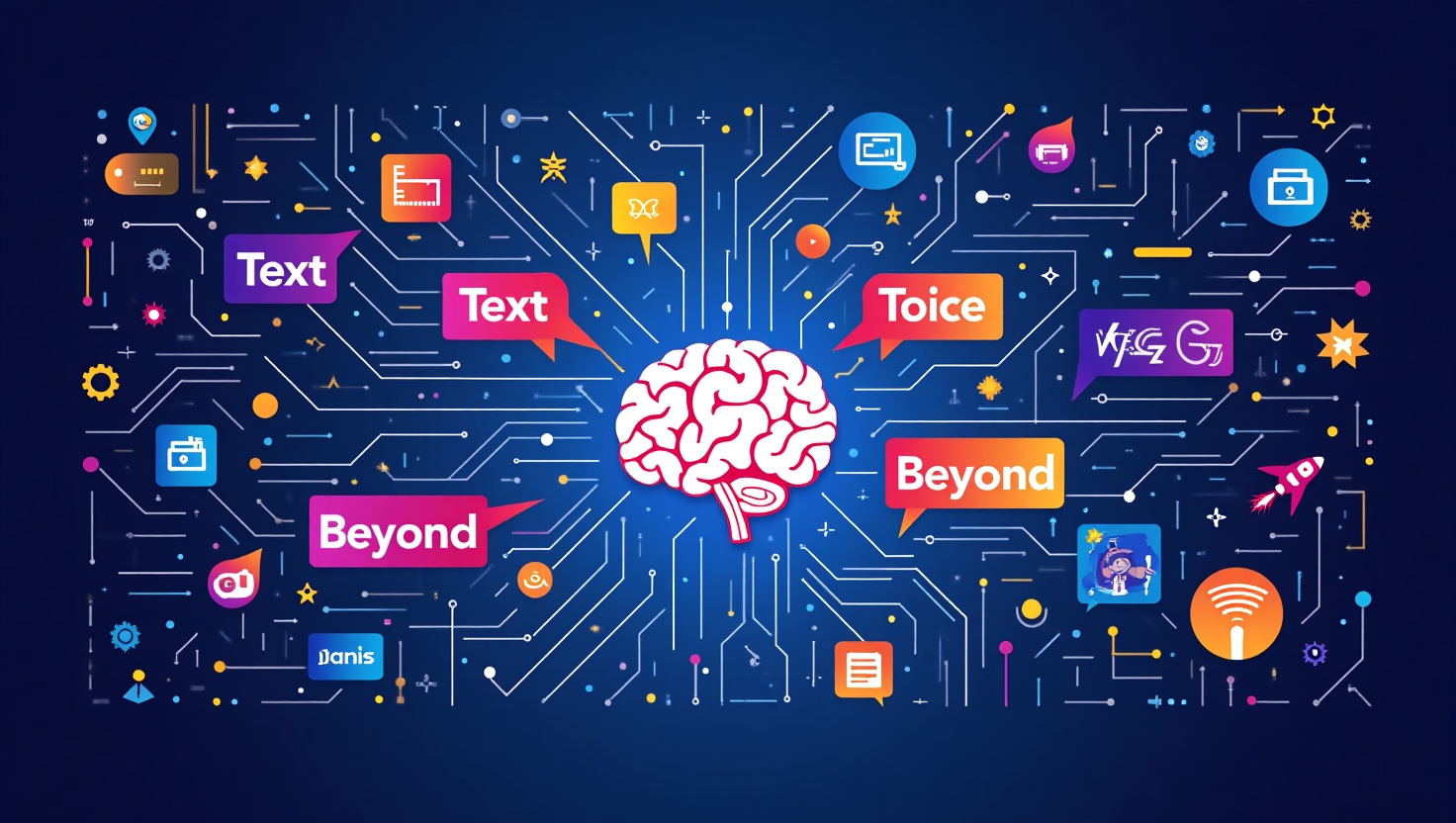
3. Collaborative AI: You + Your Multimodal Partner
This one’s exciting.
AI is becoming less of a tool — and more of a partner. A co-worker. A second brain.
Already, creators are using multimodal AI to:
- Turn a rough sketch into a full design
- Build websites by describing them out loud
- Create presentations from just bullet points + tone of voice
We’re seeing a shift from “command-based” AI to co-creative AI — something that doesn’t just follow orders but helps you think, create, and express.
In the near future, freelancers, artists, writers, and even teachers might work side-by-side with AI in the same digital workspace — brainstorming, editing, and refining ideas together.
Not a tool. A teammate.
But Wait — What About the Risks?
Now, we can’t talk about any advanced tech without pausing for a reality check. Multimodal AI isn’t perfect. And it isn’t neutral.
Because this technology can “see,” “hear,” and “respond,” it raises serious questions — ones we can’t afford to ignore.
1. Privacy Concerns
When AI can process camera feeds, voice inputs, and message threads all at once, who owns that data? Who decides how long it’s stored? Can it be misused?
These aren’t just technical questions — they’re ethical ones. And companies need to build privacy-first systems, with user consent at every step.
2. Emotional Manipulation
AI that reads tone or facial expressions could easily be used to influence decisions — especially in marketing, politics, or education.
Should an AI nudge someone toward a purchase just because it senses their mood?
Where do we draw the line?
We must make sure multimodal AI is used to empower, not manipulate.
3. Bias and Fairness
If the training data is biased — and it often is — AI could misread people from different cultures, ages, or backgrounds.
For example:
- It might mistake excitement for anger in some speech patterns.
- It could misunderstand accents or slang.
- It might struggle to interpret facial expressions across cultures.
We need diverse, inclusive datasets — and ongoing human oversight — to ensure fairness in AI’s interpretation of our multi-sensory world.
Opportunities: How Multimodal AI Is Changing Lives
Let’s flip back to the bright side. Because while there are real risks, there’s also massive potential — especially for people whose voices often go unheard.
Here’s how multimodal AI is already improving lives:
1. Accessibility for the Disabled
- Visually impaired users can now “see” photos through detailed, AI-generated image descriptions.
- People with speech impairments can use text + gesture to interact with systems that listen patiently and respond naturally.
- Deaf users can read accurate voice transcriptions in real time — even in multiple languages.
That’s not convenience. That’s inclusion.
2. Personalized Learning
Imagine an education app that watches a student’s facial cues while they solve problems. It notices confusion, hears frustration in their tone, and gently shifts the lesson pace — maybe even changes teaching style.
That’s already being tested in 2025, and it’s working.
3. Smarter Workspaces
Office tools are evolving too. Want to summarize a 1-hour Zoom meeting, pull out the action items, generate an email follow-up, and create a task list — all based on what was said, shown, and shared?
Multimodal AI can do that now. And it’s saving teams hours of “busy work.”
The Future: Human-Like AI That Listens, Looks, and Learns
In many ways, we’re now building AI that doesn’t just process information — it experiences it.
That’s a big shift.
Soon, AI won’t just know facts. It’ll notice how your voice shakes when you’re nervous. It’ll pick up on excitement in your eyes when you talk about your dream. It might even pause when it senses you need a moment — not because it was told to, but because it understood.
That’s the magic of multimodal AI.
And honestly?
That’s the kind of technology that feels less like a tool — and more like a companion.
Final Thoughts: This Isn’t Just AI Getting Smarter — It’s Tech Getting Closer to Us
Let’s wrap this up with a simple truth:
Multimodal AI isn’t just a next-gen upgrade. It’s a whole new way of relating to technology.
- It’s AI that sees what we see.
- Hears what we hear.
- Feels the context we live in.
- And responds with more grace, precision, and emotional intelligence than ever before.
In other words — it’s not just about what AI can do.
It’s about how AI understands us.
So whether you’re a student, a creator, a business owner, or just someone curious about where the world’s heading — know this:
We’re not just building smarter machines.
We’re building machines that understand people better.
And that… changes everything.
